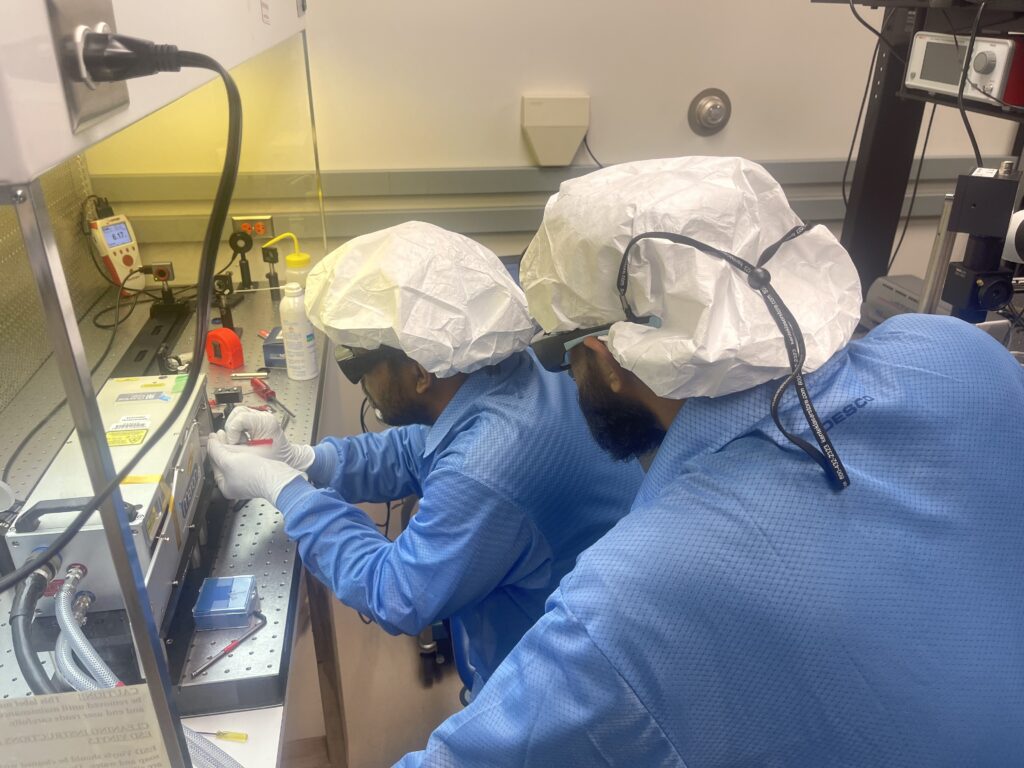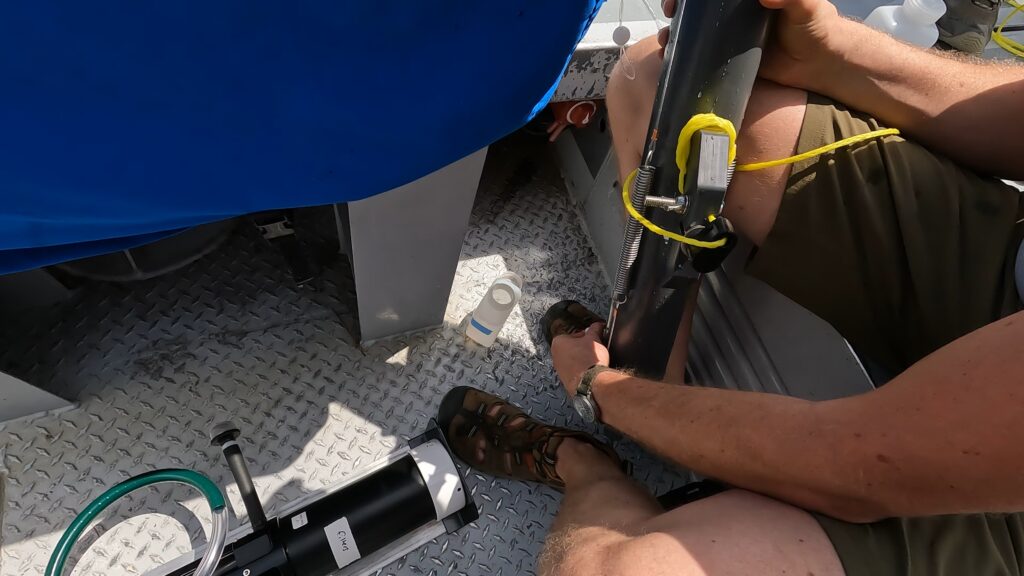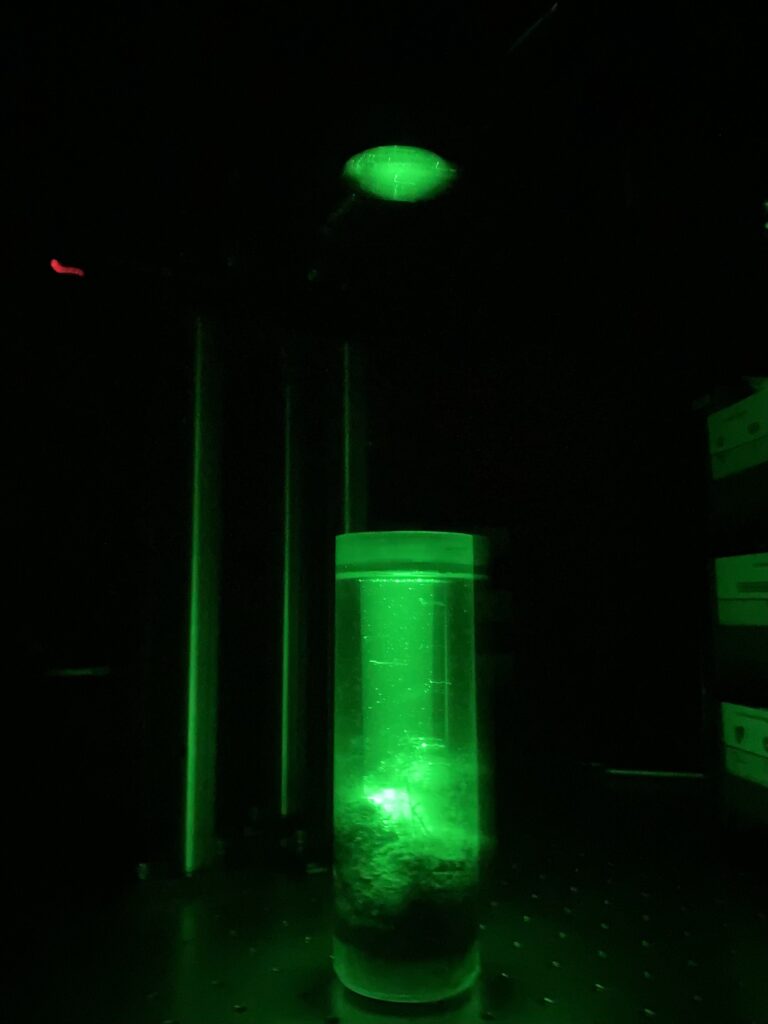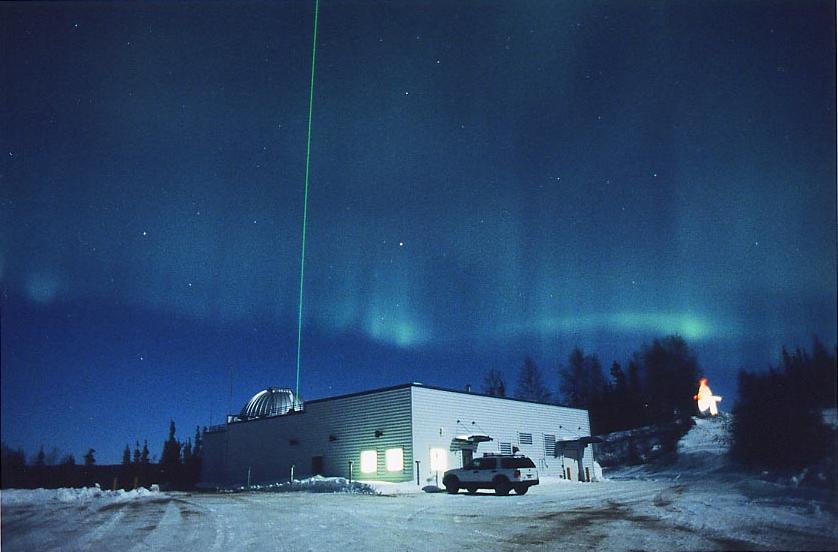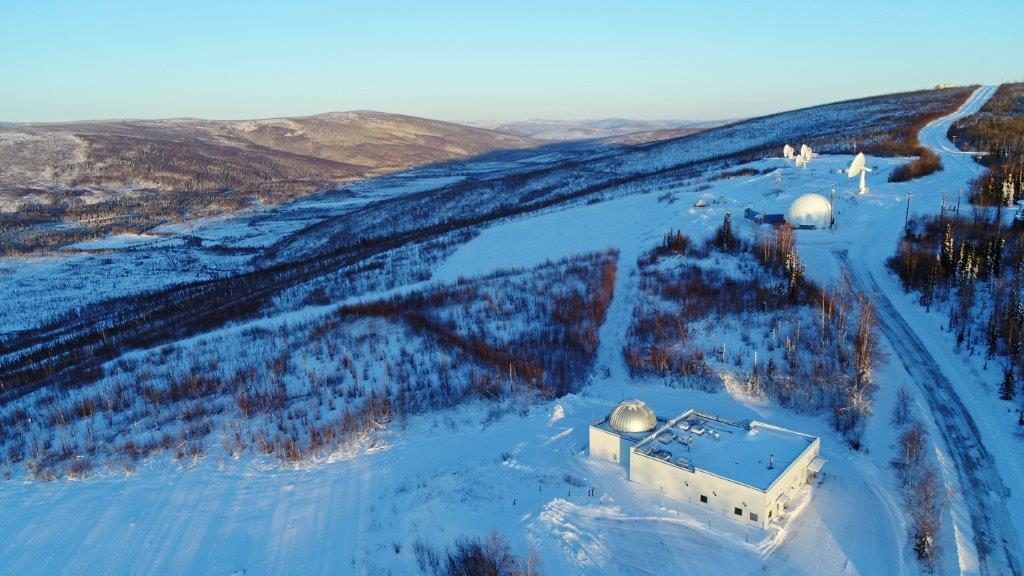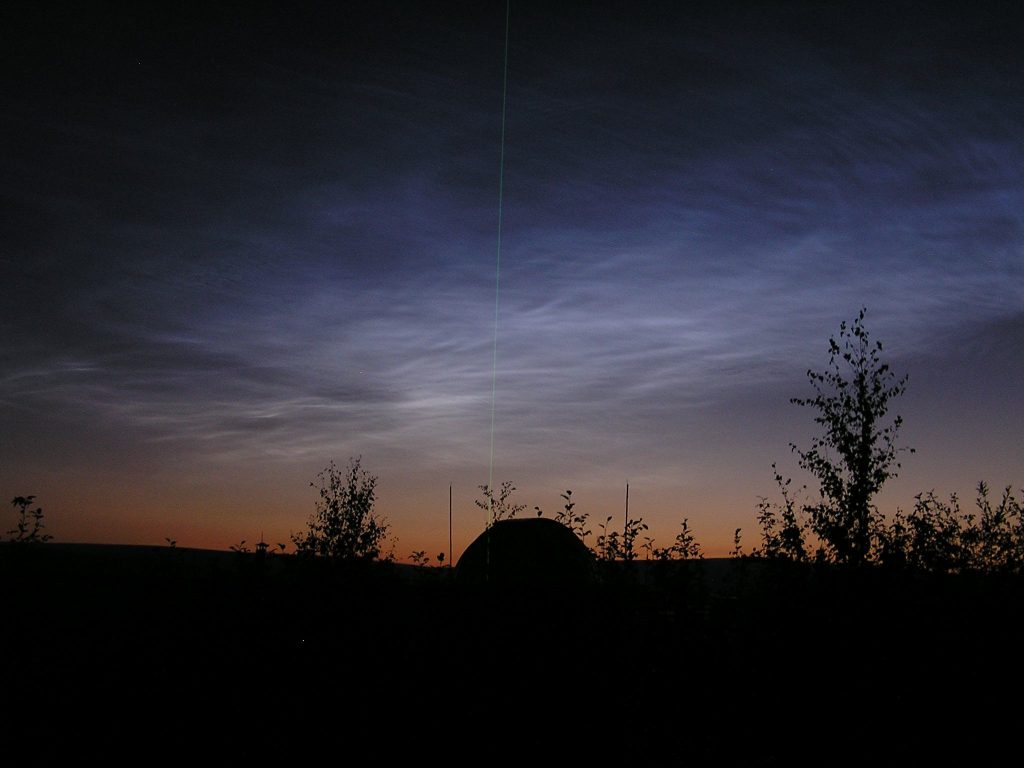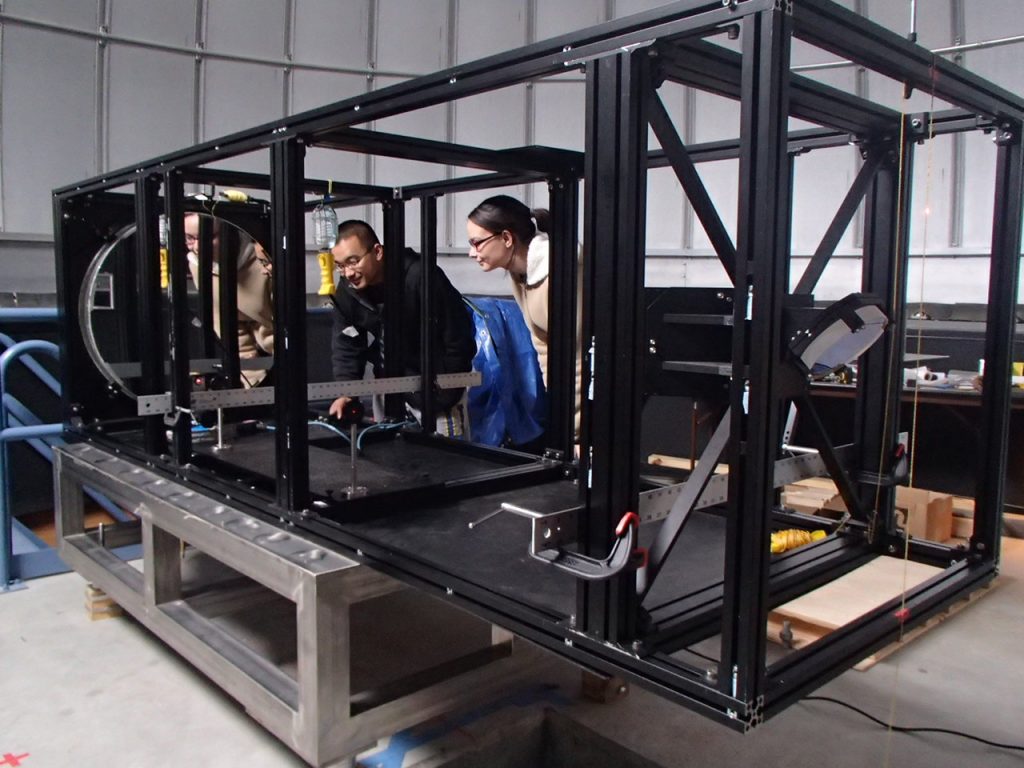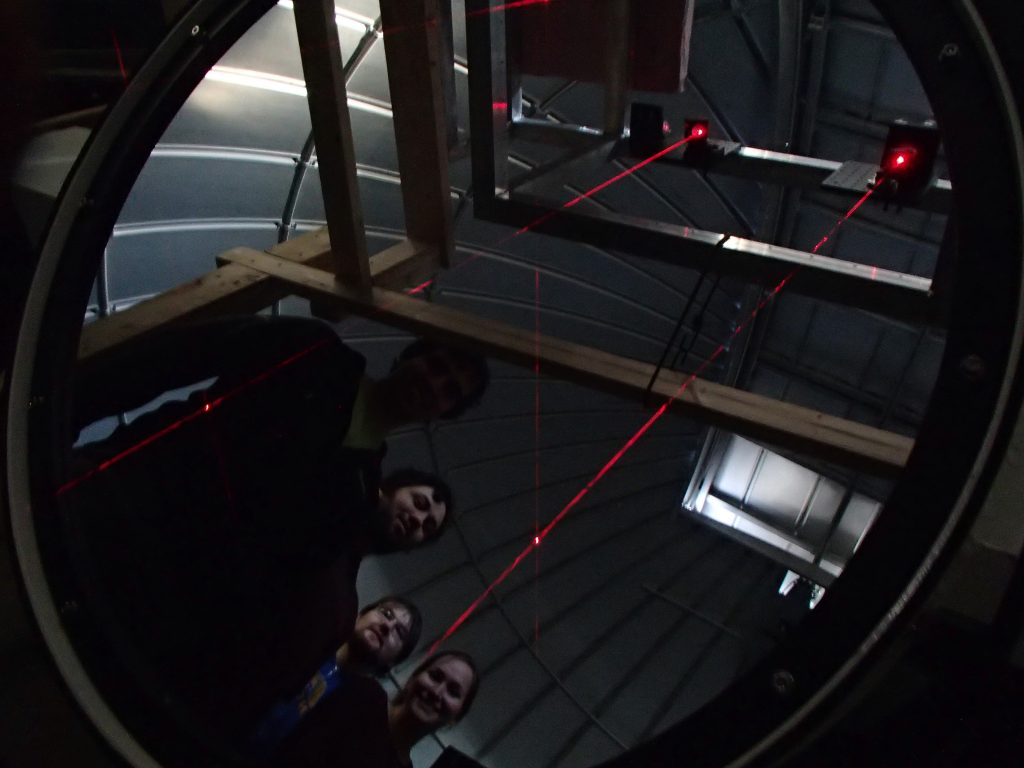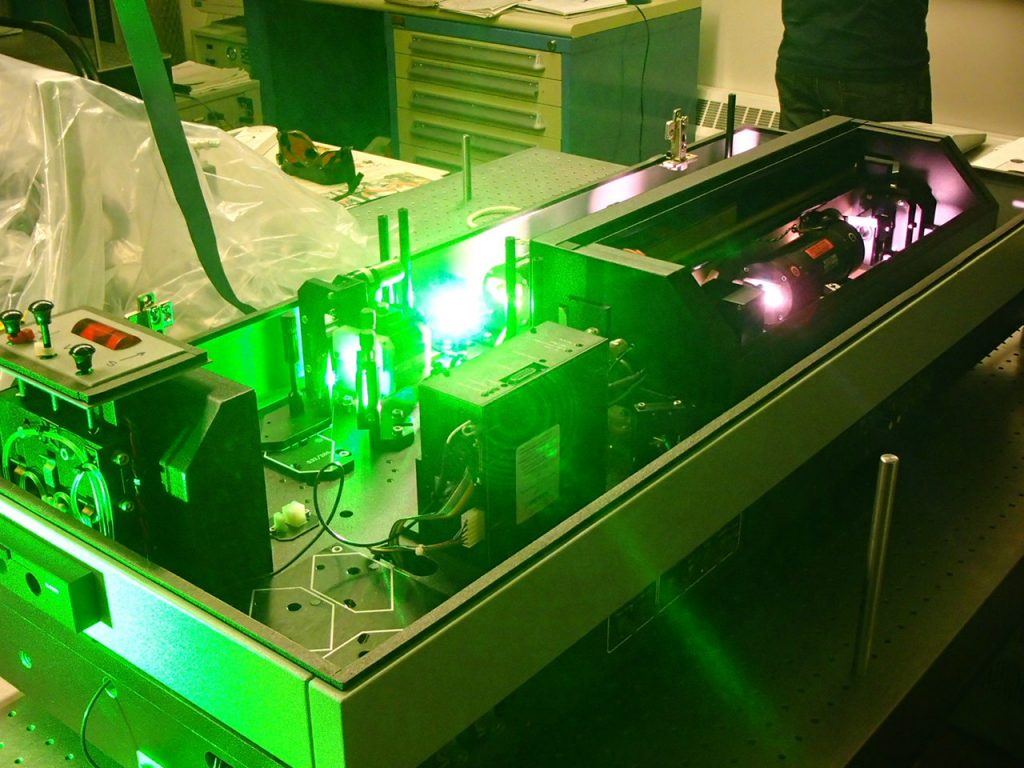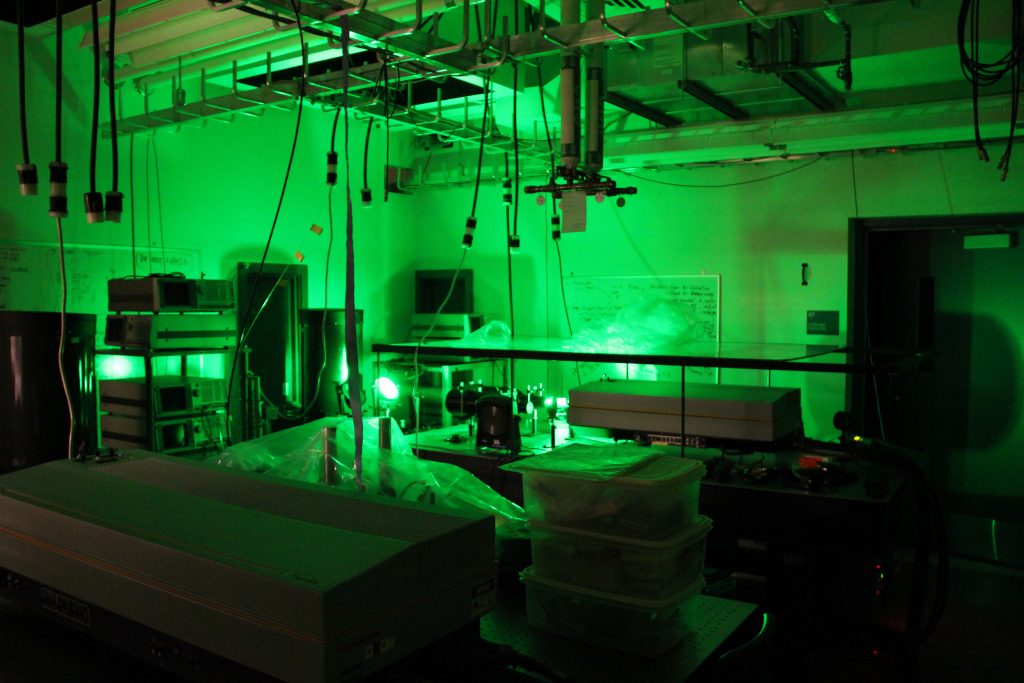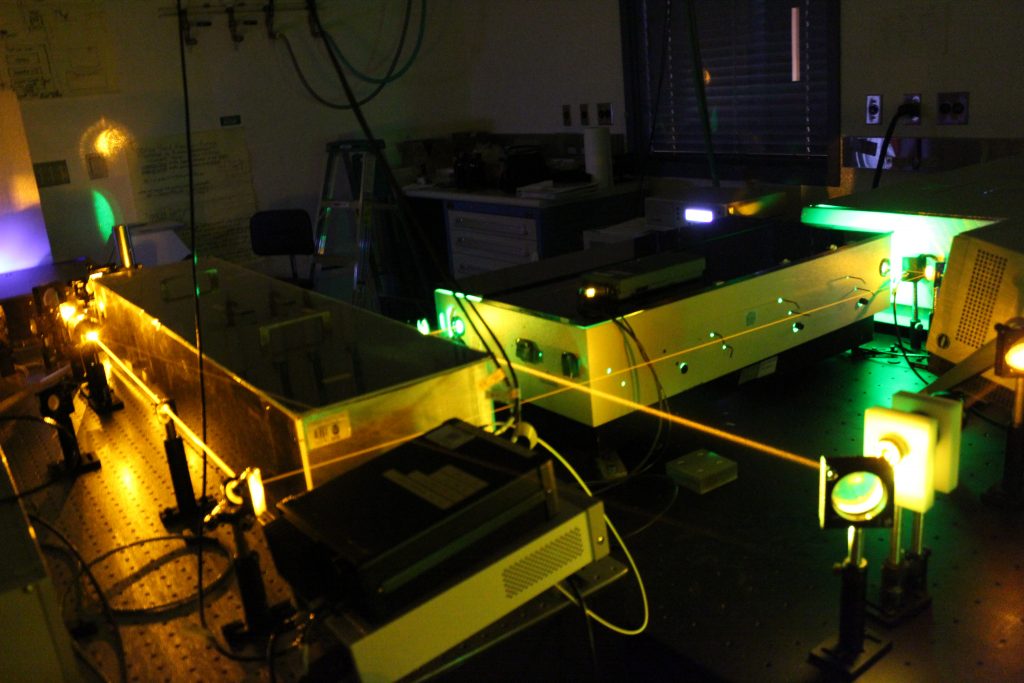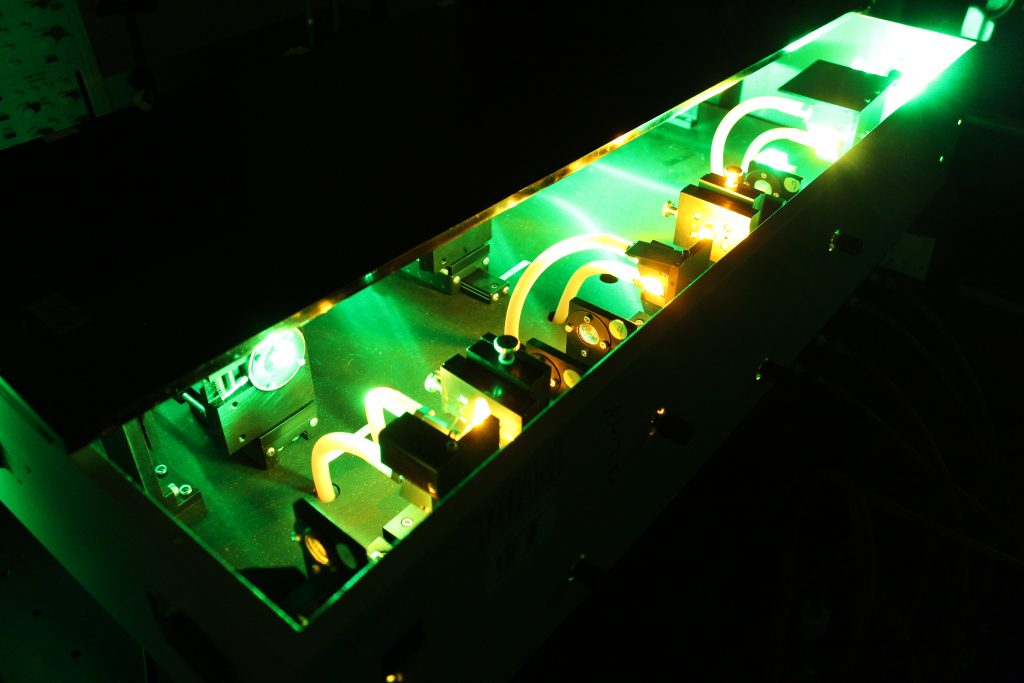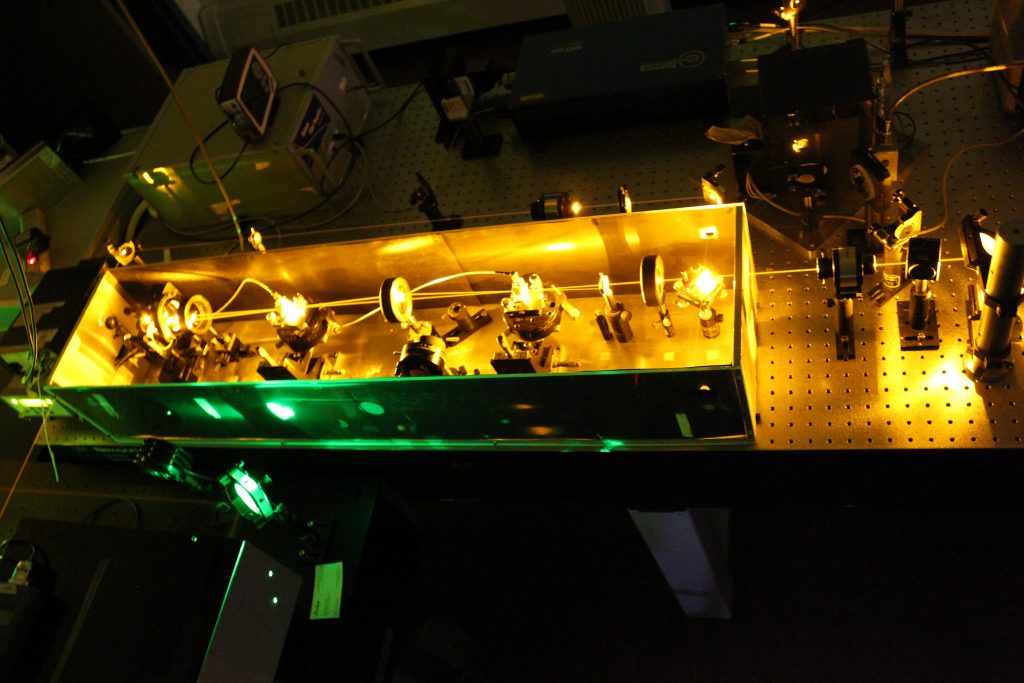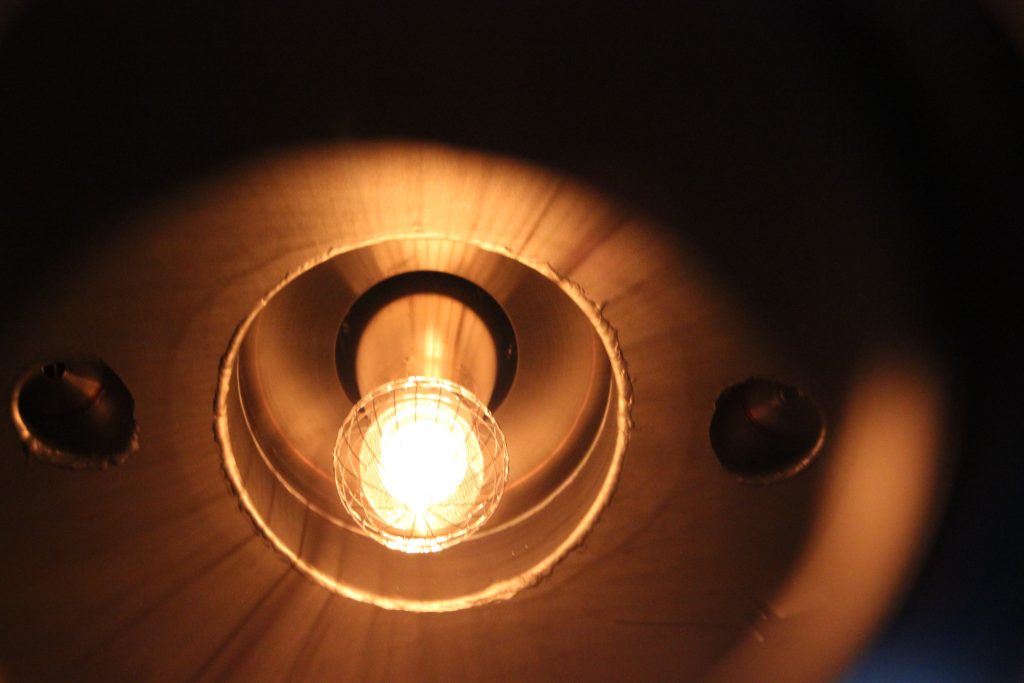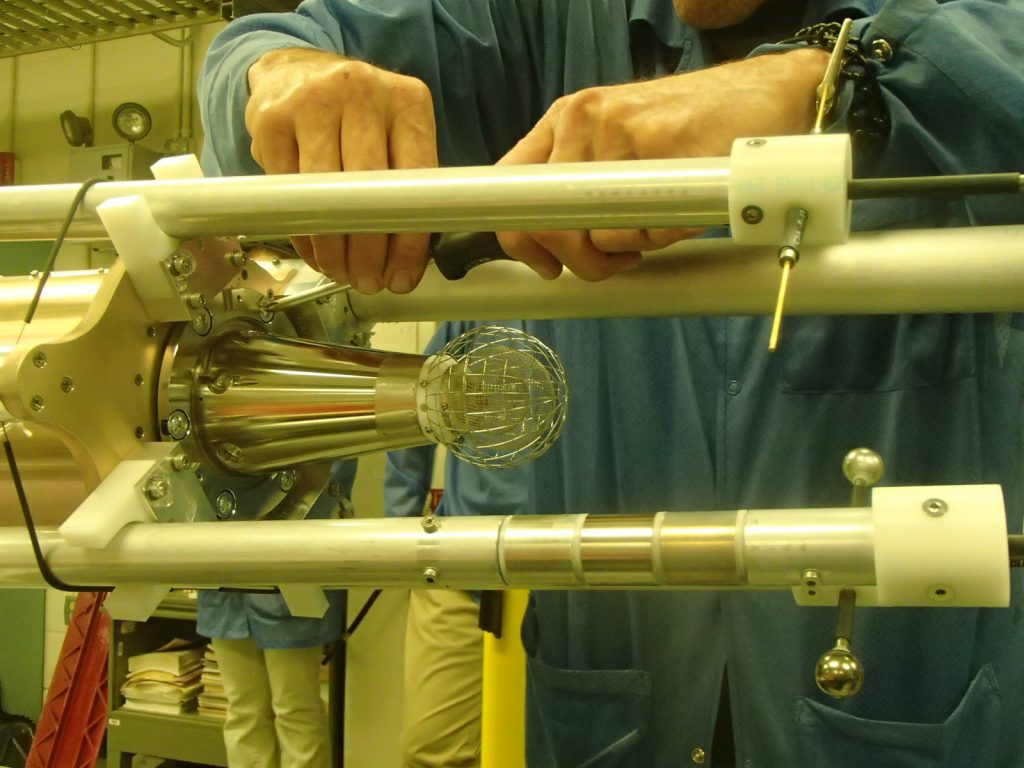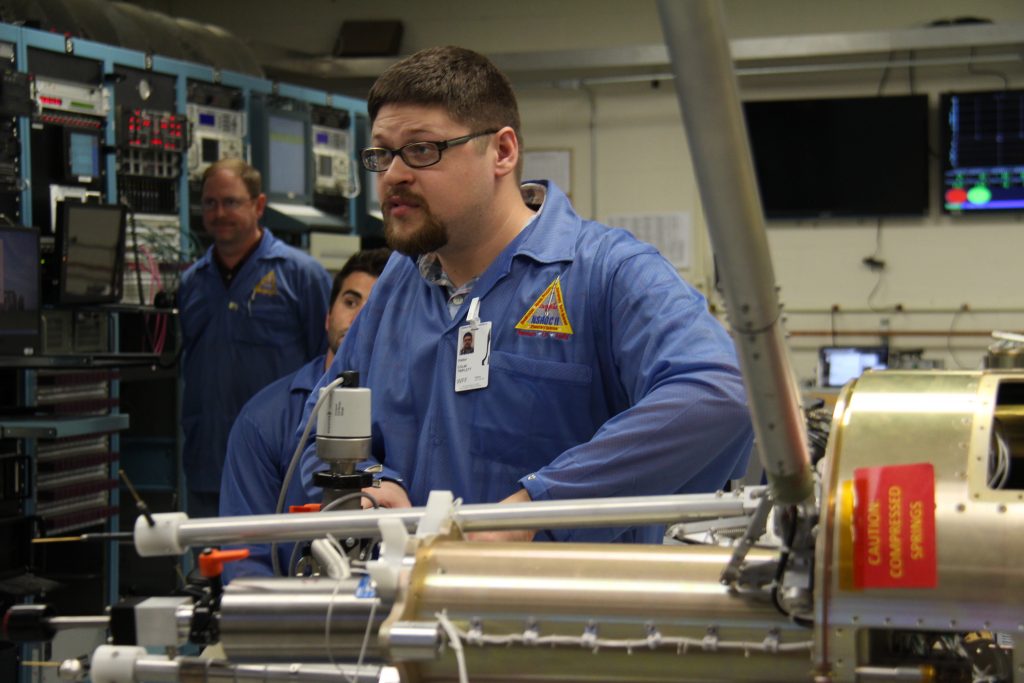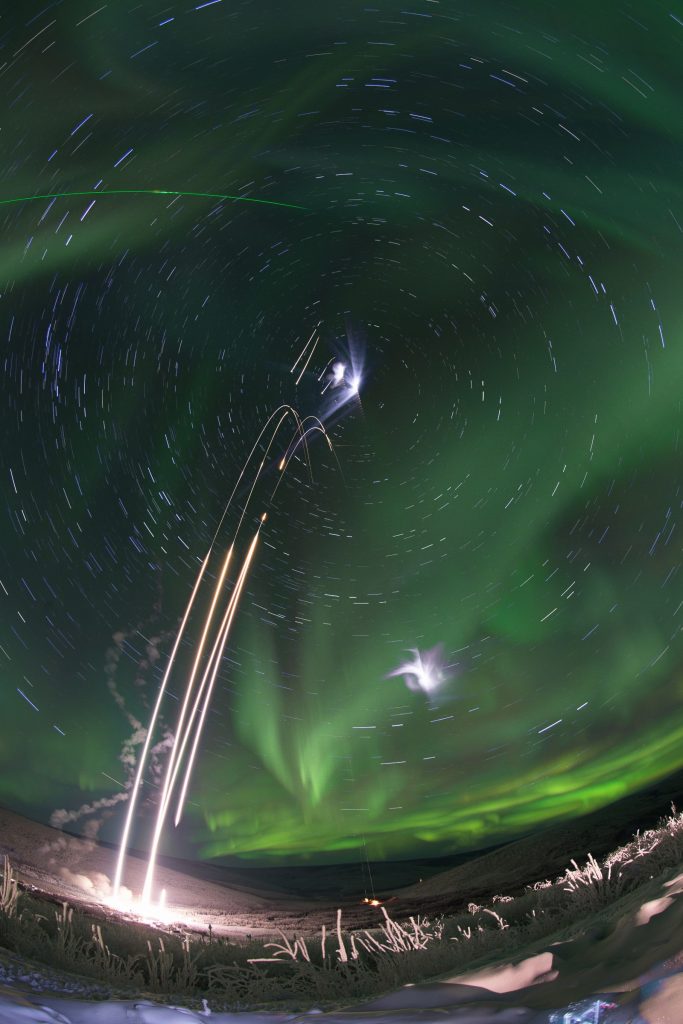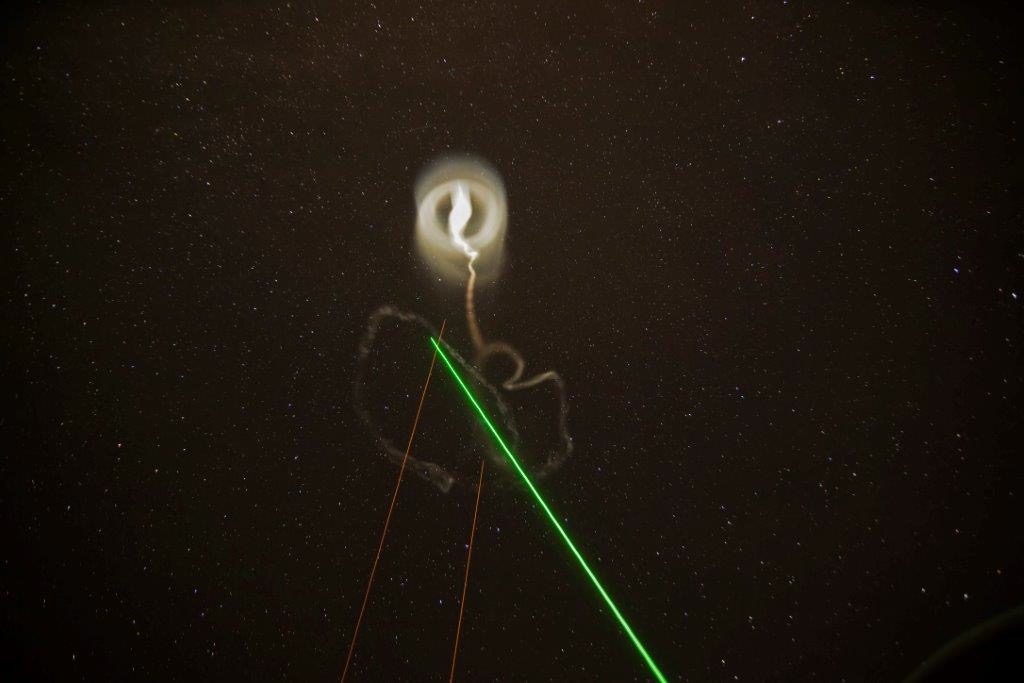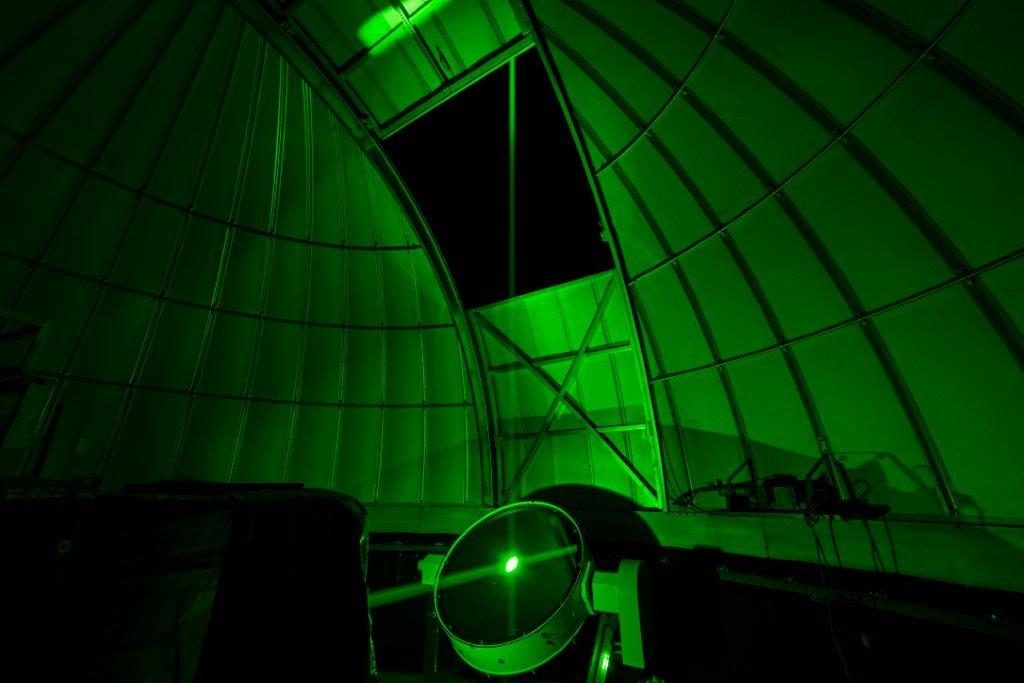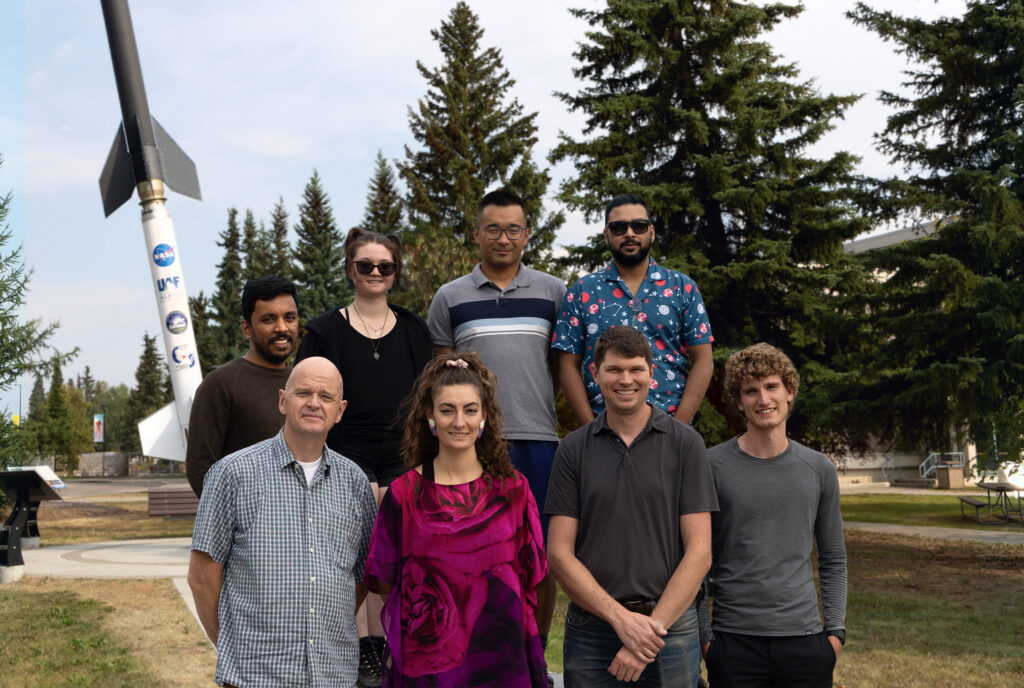
Front row (L to R): Richard Collins, Rahsha Kerven, Michael Roddewig, Jack Kendall. Back row (L to R): Vishnu Kumar, Kylie Lambries, Jintai Li, Satyaki Das
Welcome to the Lidar Research Laboratory’s webpage at the Geophysical Institute (GI) of the University of Alaska Fairbanks (UAF). The Lidar Research Lab (LRL) encompasses both the Lidar Research Laboratory located at Poker Flat Research Range (LRL-PFRR), Chatanika, Alaska and the GI Space and Atmospheric Instrumentation Laboratory (GI-SAIL) located in the Elvey Building on the Troth Yeddha’ campus.
Our research group studies the Arctic middle and upper atmosphere with the goal of better understanding weather, climate, and space weather and the ocean and inland waters to improve our knowledge of aquatic ecosystems. Our research is primarily based on lidar observations that we make at the LRL-PFRR, system development at the GI Space and Atmosphere Instrumentation Laboratory (GI-SAIL) at the Elvey Building on the Troth Yeddha’ campus, and lidar studies of the ocean and lakes that we make from boats, drones, and planes.
We acknowledge and thank the general public for their support of our research through public funding, grants and contracts.
The photographs below give a flavor of our work.
Thank you for visiting our lab.
